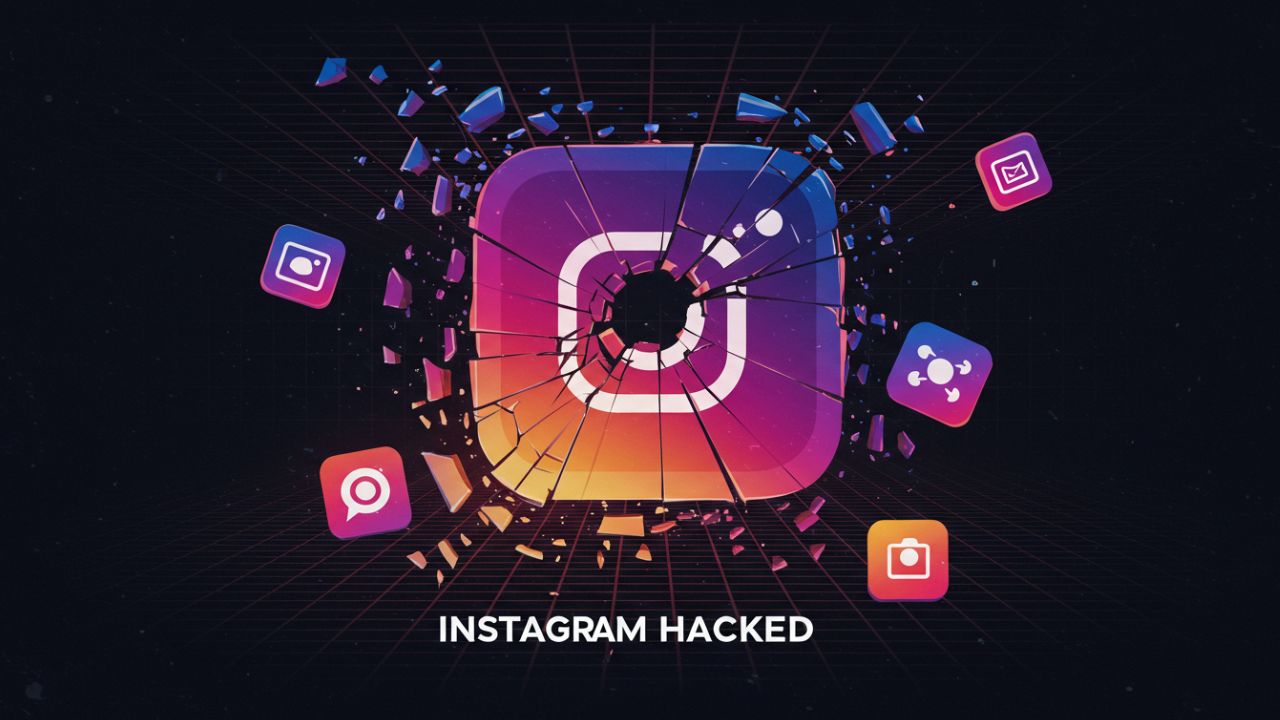Instagram, with over 2 billion active users, has become a cornerstone of digital communication, marketing, and self-expression. However, its popularity also makes it a prime target for hackers. From celebrities to small businesses and everyday users, no account is immune to cyberattacks. A hacked Instagram account can lead to identity theft, financial loss, reputational damage, and emotional distress. This article delves into the causes of Instagram hacking, its consequences, prevention strategies, recovery steps, and future trends in cybersecurity.
Section 1: Common Causes of Instagram Hacking
1.1 Phishing Attacks
Phishing remains the most common tactic. Hackers send deceptive emails or messages mimicking Instagram, urging users to click malicious links. These fake login pages capture credentials. Example: “Your account is at risk! Click here to secure it.”
1.2 Credential Stuffing
Many users reuse passwords across platforms. Hackers exploit this by testing stolen credentials from other breaches to access Instagram accounts.
1.3 Third-Party Apps
Unauthorized third-party apps promising followers or analytics often request Instagram login details, which are then misused.
1.4 Social Engineering
Attackers impersonate trusted contacts or Instagram support, tricking users into sharing passwords or verification codes.
1.5 Malware and Keyloggers
Malicious software infects devices, recording keystrokes to steal login information.
Section 2: The Impact of a Hacked Instagram Account
2.1 Personal Data Theft
Hackers access private messages, photos, and sensitive information, leading to identity theft or blackmail.
2.2 Financial Loss
Linked payment methods (e.g., Instagram Shopping) can be exploited for unauthorized purchases.
2.3 Reputational Damage
Compromised accounts may spread scams, offensive content, or misinformation, damaging personal or brand reputations.
2.4 Emotional and Psychological Toll
Victims often experience anxiety, helplessness, and loss of trust in digital platforms.
2.5 Legal Consequences
If a hacked account engages in illegal activities (e.g., fraud), users may face legal scrutiny.
Section 3: Prevention Strategies
3.1 Strengthen Password Security
- Use a unique, complex password (12+ characters with symbols).
- Avoid reusing passwords; employ a password manager.
3.2 Enable Two-Factor Authentication (2FA)
2FA adds an extra layer of security via SMS or authentication apps like Google Authenticator.
3.3 Recognize and Avoid Phishing Attempts
- Verify sender emails (e.g., official Instagram emails use @instagram.com).
- Never share verification codes.
3.4 Audit Third-Party App Permissions
Revoke access to suspicious apps via Instagram Settings > Security > Apps and Websites.
3.5 Monitor Account Activity
Regularly check “Login Activity” (Settings > Security) for unrecognized devices.
3.6 Educate Yourself and Others
Stay informed about hacking trends and educate peers on digital hygiene.
Section 4: Recovering a Hacked Instagram Account
Step 1: Report the Hack to Instagram
- Use the “Report a Hacked Account” form (help.instagram.com).
- Provide proof of ownership (e.g., photos, associated email/phone number).
Step 2: Reset Your Password
- If locked out, request a password reset link via email/SMS.
Step 3: Revoke Suspicious Access
- Remove unfamiliar devices and third-party apps.
Step 4: Secure Connected Accounts
- Update passwords for linked emails, Facebook, or payment methods.
Step 5: Inform Followers
- Post a story or update to alert followers to disregard suspicious activity.
Step 6: Contact Financial Institutions
- If payment details were compromised, freeze cards and monitor transactions.
Section 5: Case Studies
5.1 The 2020 Celebrity Account Takeovers
High-profile accounts like Bill Gates and Elon Musk were hacked via a phishing scam, promoting Bitcoin scams. Instagram’s security flaws were exposed, leading to improved 2FA protocols.
5.2 Small Business Nightmare
A bakery’s Instagram was hacked, deleting years of content. The business lost 70% of its online orders until recovery.
5.3 Everyday User Recovery Journey
A college student’s account was hijacked to promote fake giveaways. After weeks of effort, Instagram restored access, but follower trust was eroded.
Section 6: Future Trends in Instagram Security
6.1 AI-Driven Threat Detection
Instagram is leveraging AI to identify unusual login patterns and flag phishing content.
6.2 Biometric Authentication
Future updates may integrate facial recognition or fingerprint scans for logins.
6.3 Blockchain for Account Verification
Decentralized identity systems could reduce reliance on passwords.
6.4 User Education Initiatives
Instagram is partnering with cybersecurity experts to launch awareness campaigns.
Conclusion
Instagram hacking is a pervasive threat with far-reaching consequences. By understanding attack vectors, adopting proactive security measures, and staying informed, users can safeguard their digital presence. As cybercriminals evolve, so must our defenses. Vigilance, education, and leveraging Instagram’s security tools are critical to staying one step ahead.

Leave a Reply